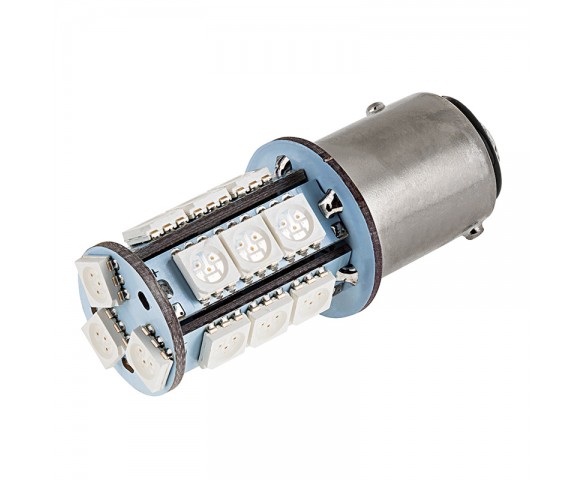Hello,
I am looking for a different way of lighting Dept 56 buildings on my Xmas layout. I find dealing with the stock lighting very cumbersome. Last year I made a 20 light cord using standard 18 AWG zip cord and replacement C7 sockets. It helped but I didn’t find it much better than the individual cords from D56.
So I’ve been thinking about making a bus from 20 AWG with some sort of mini female connector about every 12”. The building light would be made using 18”, 22 AWG jumpers with the matching mini male connector. I wouldn’t be using all the connectors on the bus, but having many locations would give me versatility in building placement. Also the smaller gauge wires would be less bulky to run under the ‘snow’.
However, I don’t know if any of this is reasonable using standard C7 bulbs on 120V or what I could use for mini connectors…
I would really like to know what you think of this or if you have any other ideas for lighting D56 buildings.
Thanks,
Tom Stoltz
in Maine


















































